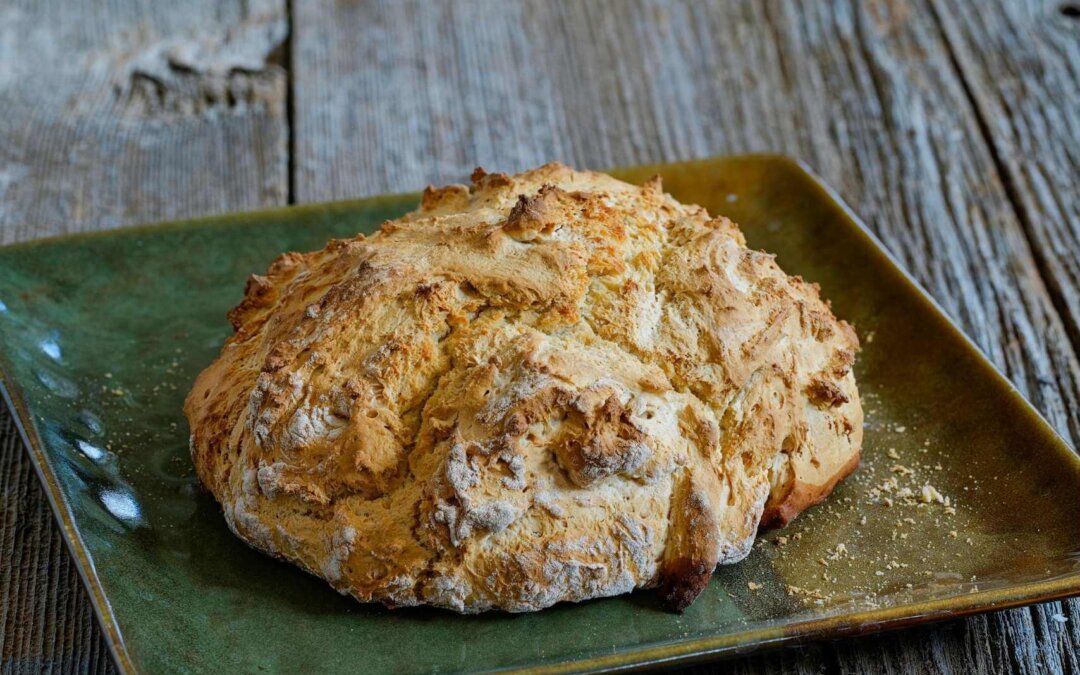From hearty breakfasts to cozy comfort foods, in this guide, you will find ten traditional Irish dishes that deserve your attention on your next trip to Ireland.
The flavors of these cuisines and the stories that come along with many of them will help you form a deeper sense of connection with the Emerald Isle.
Here are my top ten Irish dishes for a truly authentic Irish experience!
Irish Stew
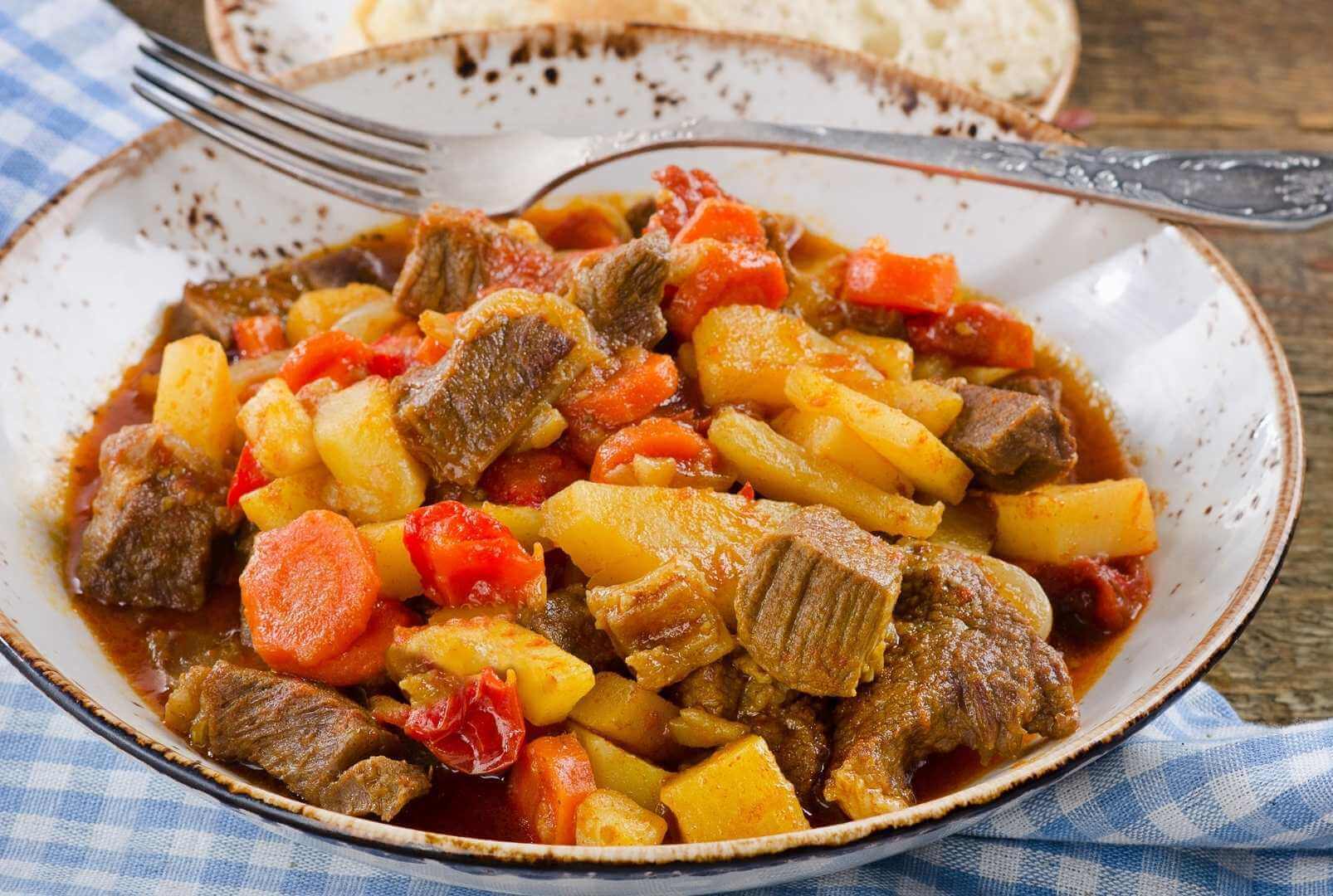
Irish stew (Stobhach gaelach in Gaeilge) is a traditional Irish dish made with chunks of mutton, potatoes, onions and parsley.
Traditionally, the mutton was sourced from older sheep with tougher and fattier meat.
Given that the meat used was usually bone-in, the stew was simmered for a couple of hours so that the meat turned tender and released the fat into the stew—enhancing the flavor of the entire dish.
As the years went by, lamb meat and other root vegetables like carrots, turnips, and parsnips were incorporated into the dish.
Today, Irish stew is thick and hearty, with robust flavor bursting from the fork-tender meat and blending perfectly with the potatoes and the sweetness of parsnips and carrots.
You can find Irish stew on the menus of most Irish restaurants like Quays and Old Mill Restaurant throughout the year.
Often it’s served hot with a side of Irish soda bread. A perfect wine pairing option is a glass of rich red wine like a Decoy Merlot!
Irish Soda Bread
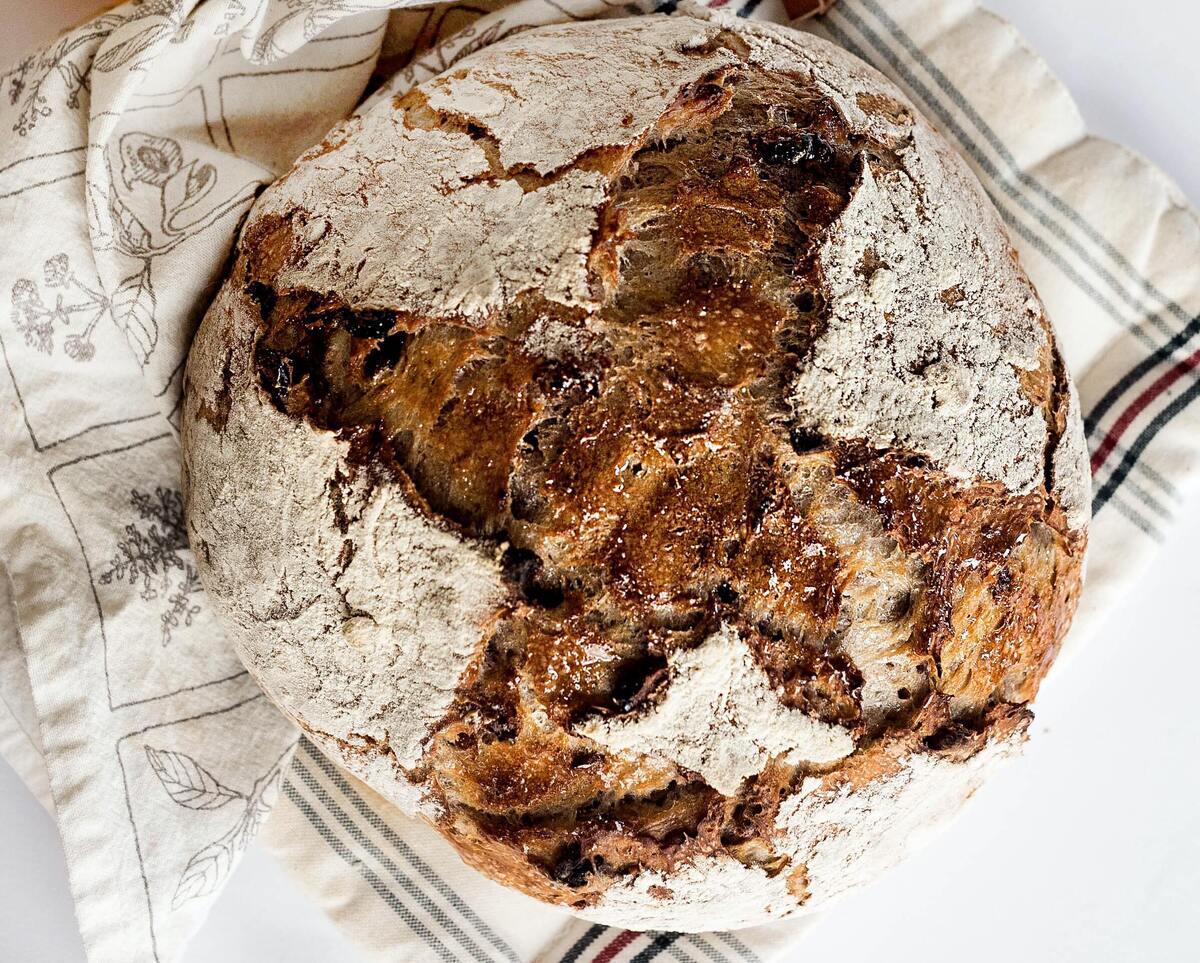
Breadmaking has been an integral part of daily life in Ireland for generations. So it’s not surprising that this list of top 10 Irish food features bread.
Yet, Irish soda bread is unlike any other bread. It’s unmistakable with its signature cross on the top. Legend has it that Irish families started putting the cross to ward off evil.
A less superstitious explanation is that the deep slash allows the dough to cook evenly from crust to inner crumb, creating a velvety texture.
Another contributor to soda bread’s inimitable texture is the tiny bubbles of C02 that form within the dough due to the reaction between acid from the sour milk and baking soda.
Buttermilk has largely replaced sour milk in most recipes.
This delicious bread has become an Irish staple and a symbol of celebration. Today it’s baked in droves in weeks leading up to Saint Patrick’s Day.
The Irish have limitless ways to enjoy soda bread, from using it to mop up hearty stews, wash down pots of tea, to soaking up one-too-many beers or whiskeys.
Colcannon
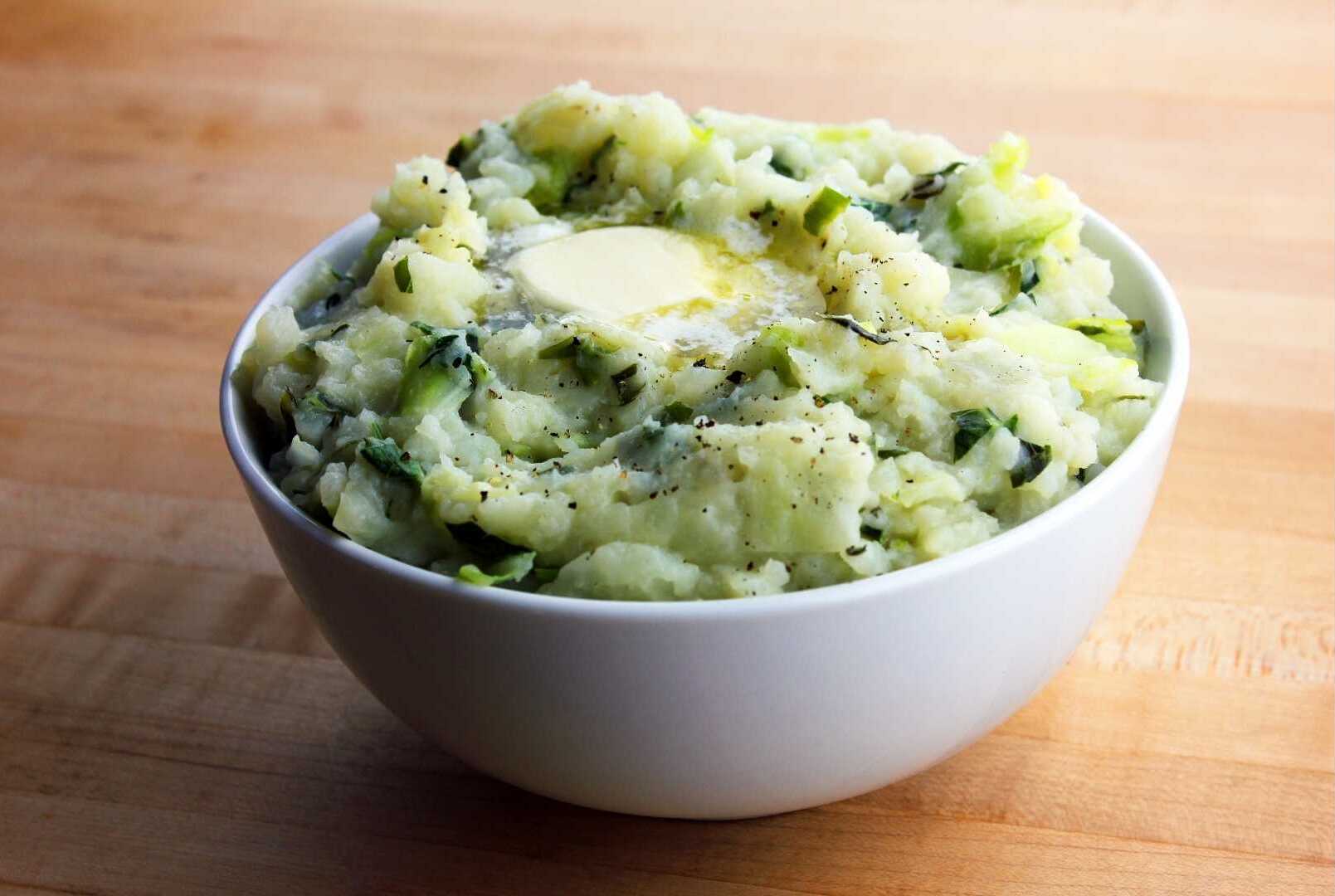
Colcannon is shredded cabbage cooked together with mashed potatoes. The word colcannon is derived from the Gaelic term cal ceannann, which means “white-headed cabbage.”
Traditionally, melted butter is poured into the center of the dish creating a “well” of butter—creamy and delicious!
While Americans might associate this dish with St. Patrick’s Day, in Ireland, it is linked to Samhain, an old Irish festival (origin of Halloween).
According to Irish folklore, during Samhain, the veil between worlds became so thin that spirits could cross into the world of the living from the otherworld.
Irish people, therefore, held feasts during this time to beckon their deceased loved ones home. Colcannon was one of the dishes incorporated into the feast’s menus.
Today, colcannon is a delicious and filling dish that has become a year-round staple in Ireland.
Corned Beef Hash
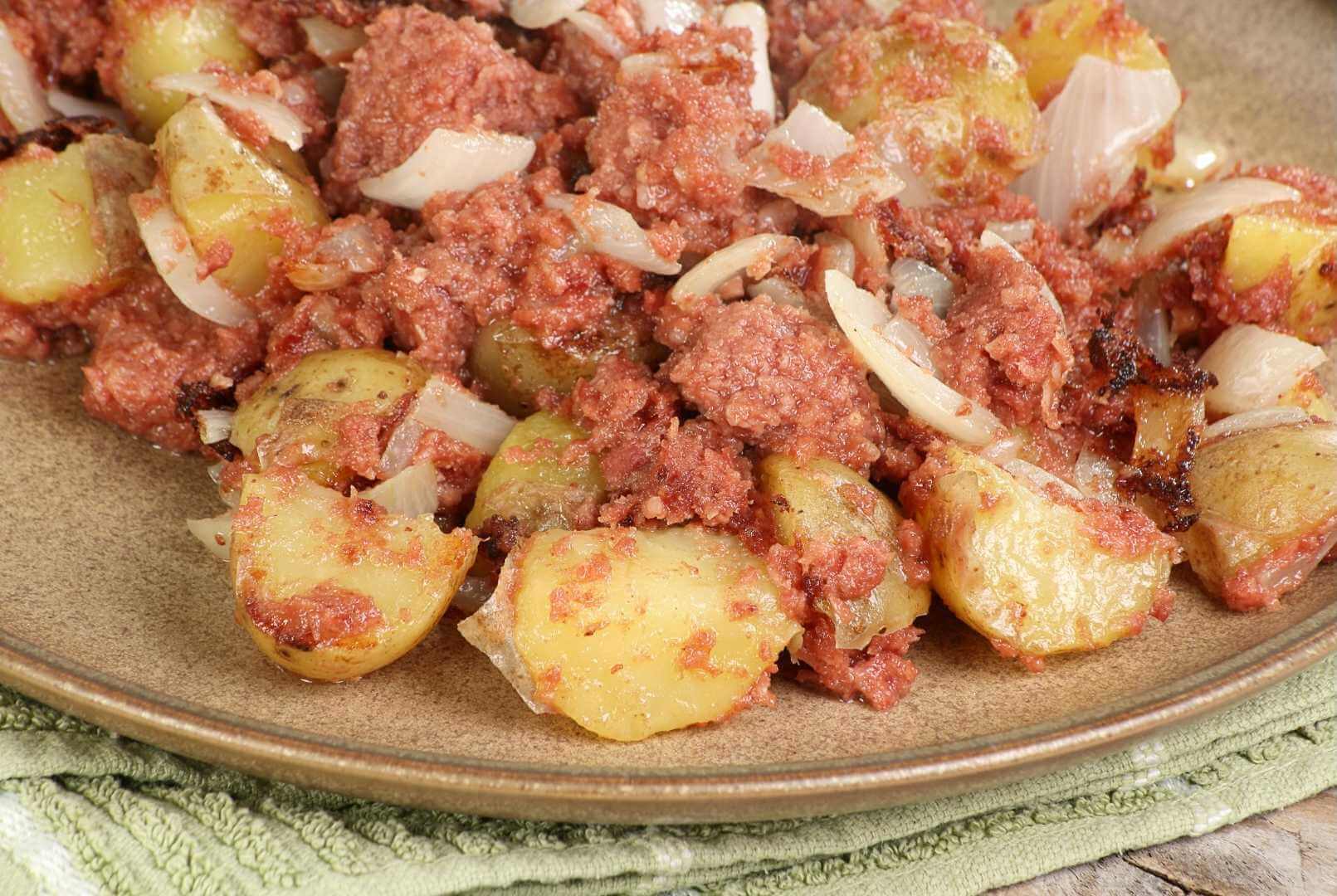
Corned beef hash is considered the ultimate hangover breakfast.
Even if you haven’t over-indulged the night before, this is a filling delicacy anyone can enjoy in the morning.
If you’re curious about why corned beef is called that (it has nothing to do with corn on the cob).
Rather the name is derived from the large-grained rock salt, also called “corns” of salt that is used to cure the beef brisket.
Hash is a term used to describe a mixture of chopped meats, potatoes and onions that is then skillet fried. Hence the name corned beef.
From the 1600s to the early 1800s, Irish Corned Beef was regarded as the best on the market. However, although the Irish were exporting a lot of beef, very few were eating it. At the time, most Irish ate pork since beef was too expensive.
When some migrated to the United States in the 19 century, corned beef became a customary part of the Irish-American diet.
This is because, in the US, it was pork that was too expensive. With that in mind, some would argue that corned beef hash doesn’t actually originate from Ireland.
Nonetheless, corned beef hash is phenomenal, and that alone earns it a spot on this list.
Shepherd’s Pie
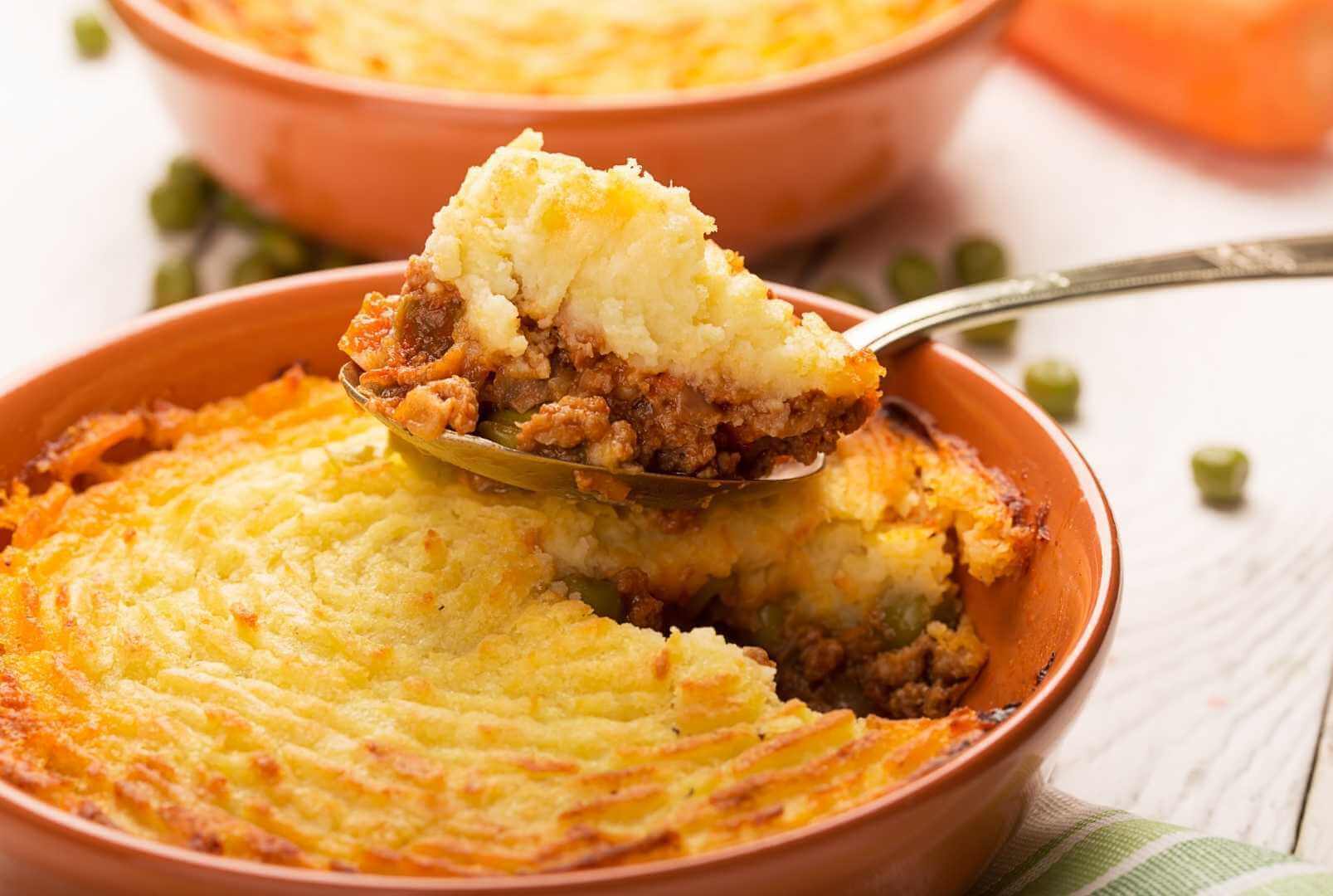
While both Ireland and England claim to have invented Shepherd’s Pie, the general consensus is that the British version (made with beef) is called cottage pie.
While a dish with the name pie on it is nothing new, the people of Ireland put their own unique spin on it.
Shepherd’s pie is a fantastic Irish dish that comprises ground lamb cooked in gravy, onions, carrots, celery, and a mashed potato crust on top (sometimes on the bottom as well). It’s a hearty meal that will warm your heart while filling your belly.
Try Shepherd’s Pie at any Irish pub you visit, and you’re bound to find they all taste great but have distinctive differences.
You won’t get bored with this classic Irish dish anytime soon!
Smoked Salmon
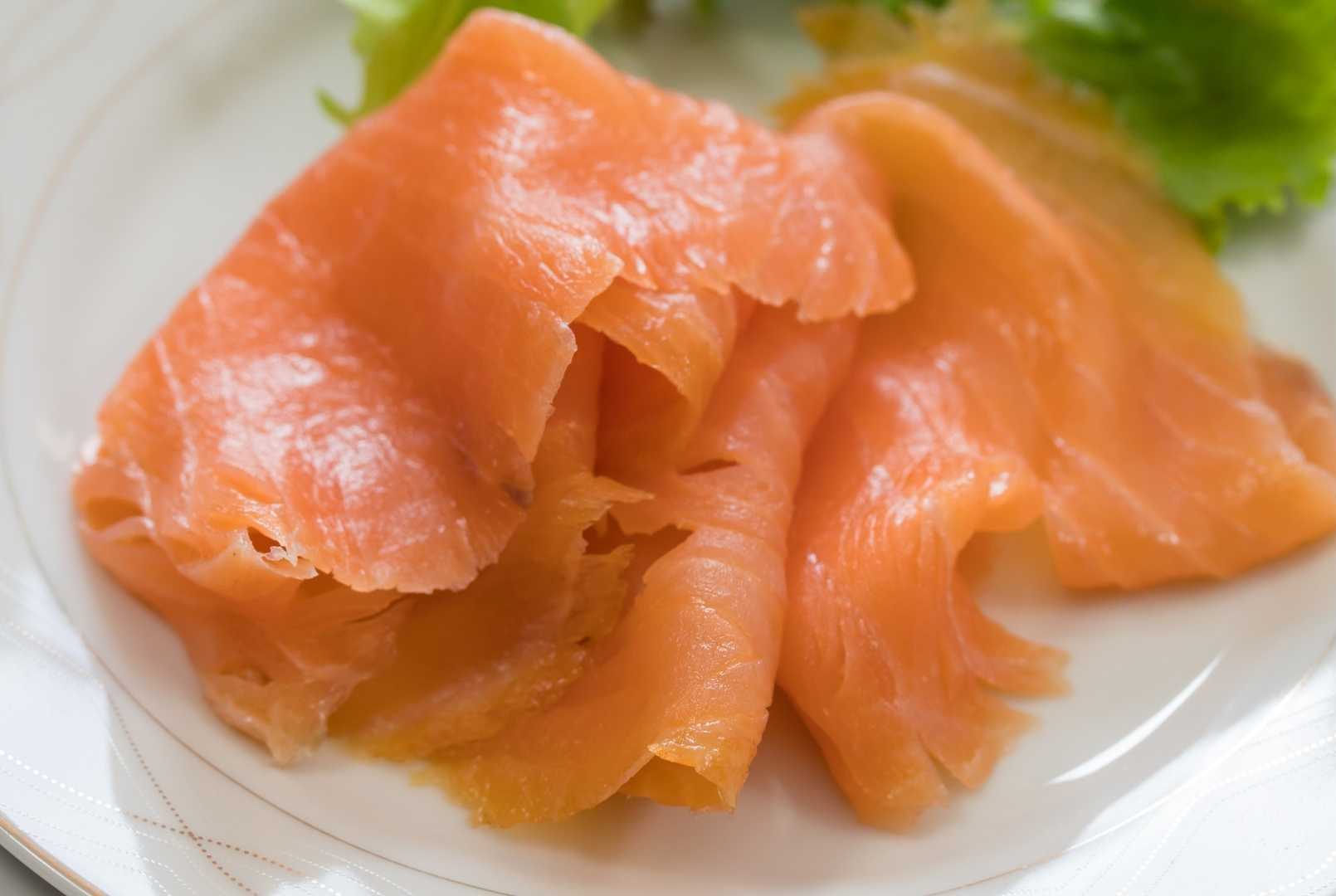
Smoked salmon is considered a delicacy in the United States. That’s until you come across Irish smoked salmon!
The salmon from Ireland is of undeniable quality and has garnered global acclamation.
For the best experience, look for a smoked salmon treated according to ancestral techniques.
One of such methods is smoking the salmon over oak shavings, giving it a rich and distinct flavor.
This is done using the Cold Smoking method (the temperature never rises above 35°C) to ensure the flesh never coagulates and retains a firm yet tender texture.
The Connemara Smokehouse and Burren Smokehouse in Lisdoonvarna, County Clare, are great examples of establishments that still use this traditional method.
Although the price is higher than other Irish specialties, the dish is well worth it!
Dublin Coddle
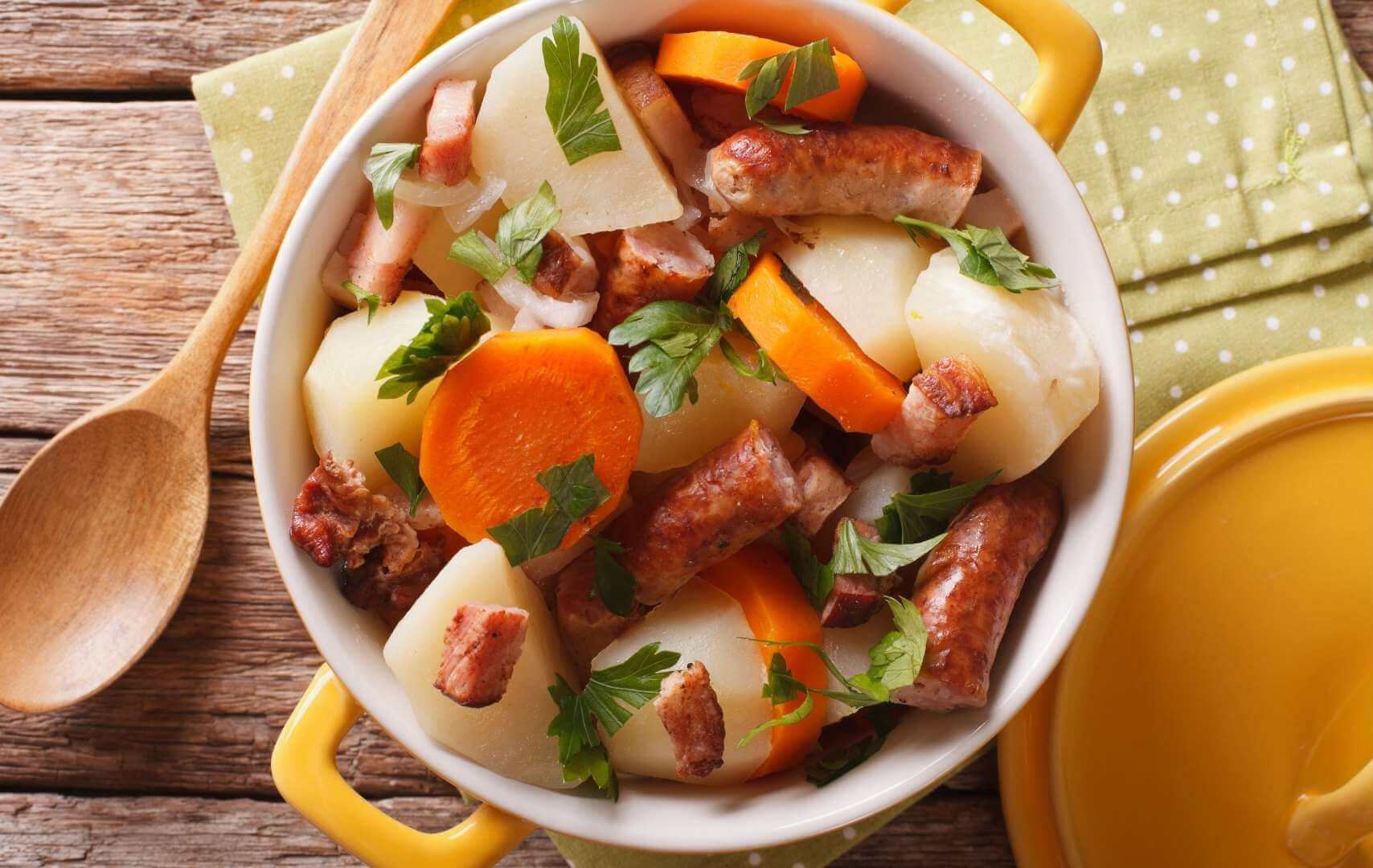
If you’ve never had Dublin coddle before, it’s bacon, pork sausages, onions, and potatoes braised to perfection in a thick brown gravy.
Most recipes also call for a little beer—often a Guinness stout. The beer’s hints of caramel and malt add a subtle sweetness and welcomed depth to this otherwise savory dish.
The name is derived from the French verb “caudle, “which means ‘to boil gently, parboil or stew’. This stew gently cooks for 4-5 hours, in the oven, at a low temperature.
The end result is a comforting one-pot stew from Ireland that can be a delicious and flavorful main dish served on St. Patrick’s Day or any day of the year for that matter.
Boxty
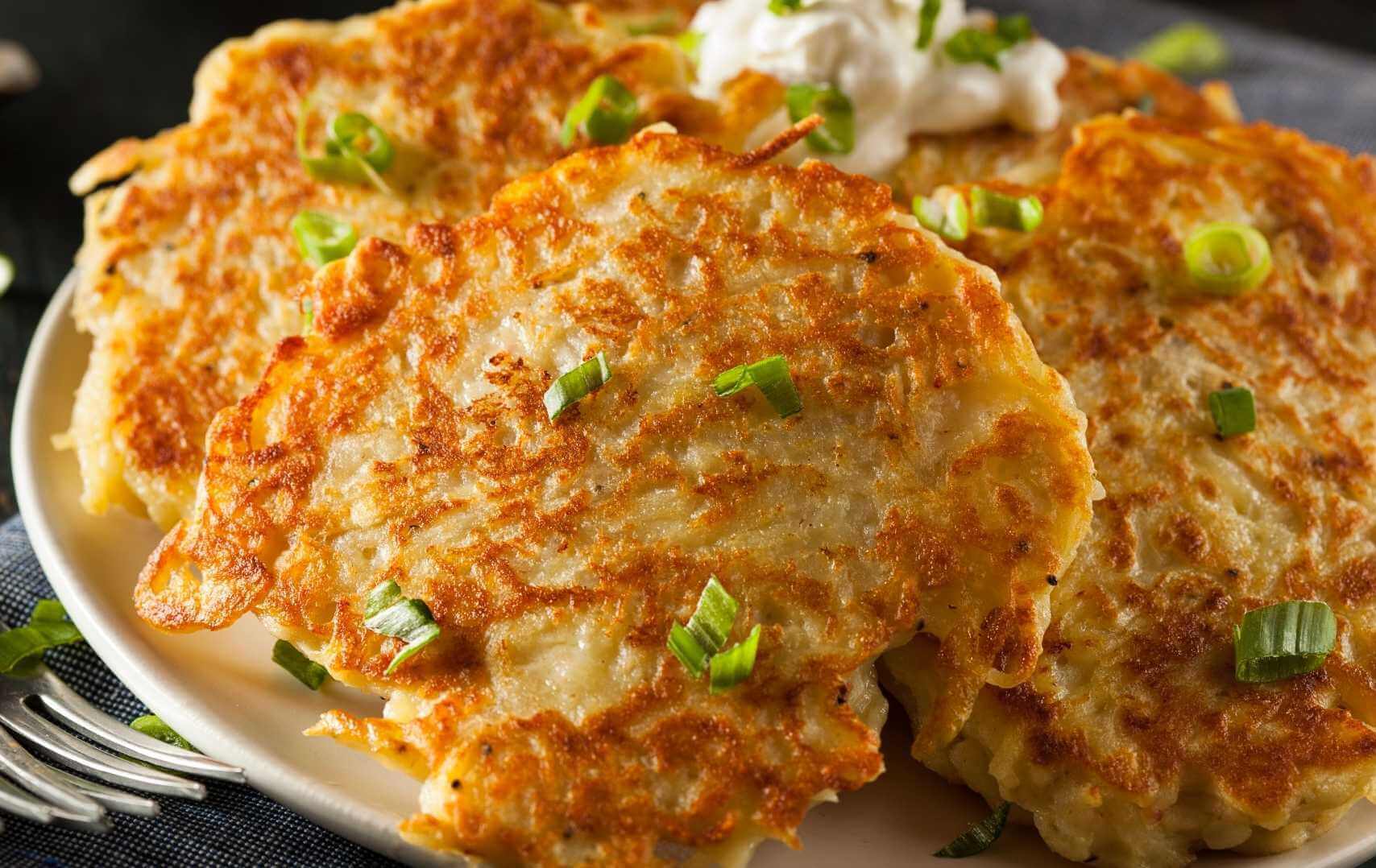
If you’ve never tasted an Irish boxty, you are in for a treat. Boxty is considered the holy grail of potato pancakes.
This authentic Irish dish originated in the 18 century when nearly half of Ireland’s population relied almost exclusively on potatoes for their diet, and the other half ate potatoes frequently.
While Ireland is no longer experiencing famine (gladly so), boxty is still eaten regularly in many households, especially in the northwest of the country.
While there are many different variations of boxty, the traditional Irish recipe calls for grated raw potato, cooked mashed potato, and flour, made into a batter with buttermilk and slow-cooked in a pan until golden brown.
This gives boxty a unique texture, somewhere between a pancake and a hash brown.
Restaurants like Gallagher’s Boxty House in Galway specialize in making and serving boxty in a variety of dishes.
Black Pudding
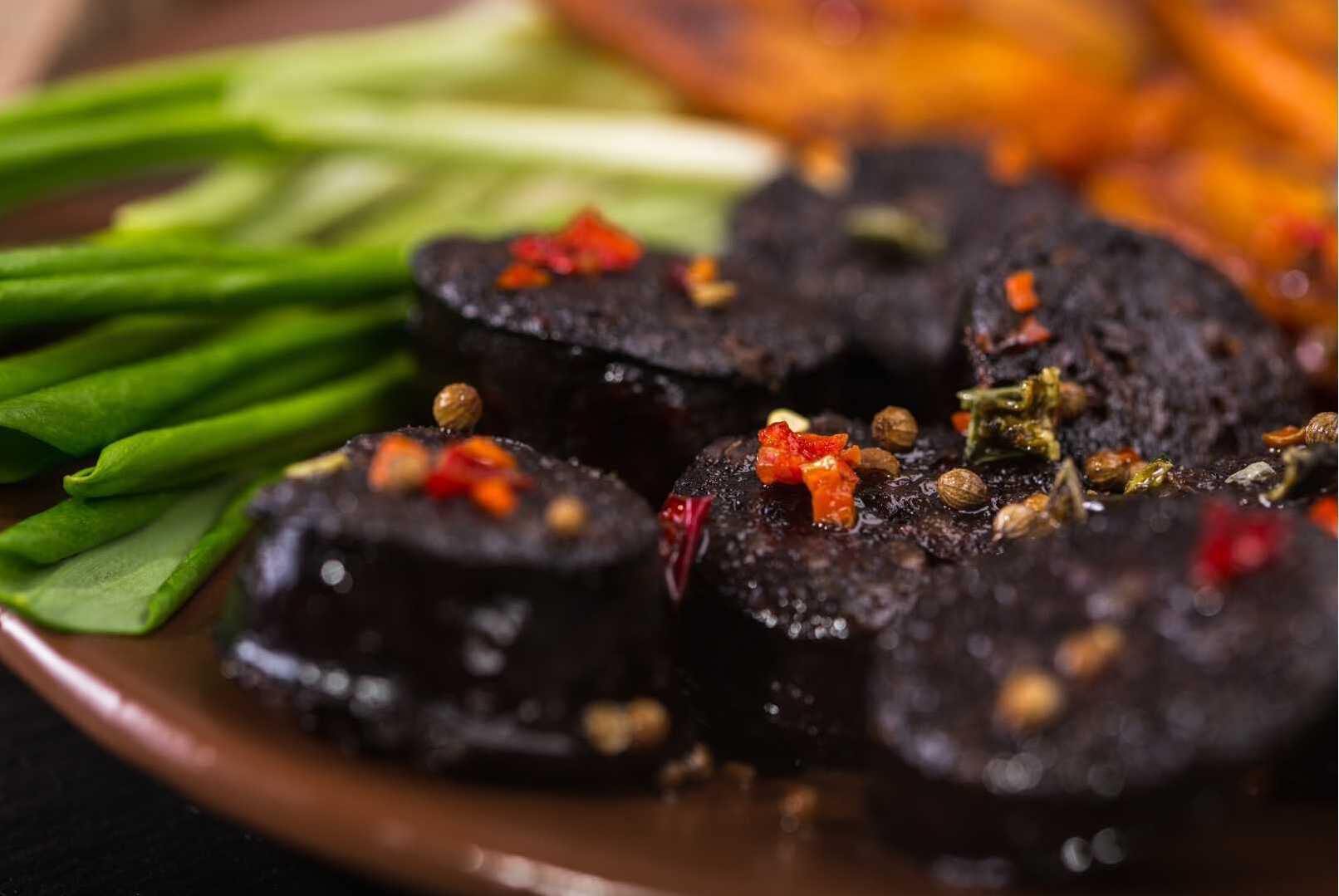
Traditional black pudding is a blend of pork rind (skin of the pig), other meats, oatmeal or barley, herbs and spices and the pig’s blood.
While it is an acquired taste to many, it’s a part of Irish culture and has featured in Irish cuisine for generations.
In the past, black pudding was made at home immediately after an animal was slaughtered.
Fresh blood is no longer used due to hygiene concerns. Instead, it’s gathered at abattoirs and dried first.
This makes it easier to handle and gives it a longer shelf life.
Once all the ingredients are prepared, they are stuffed into a sausage casing. The casing is then steamed for approximately 4 to 5 hours.
Once that’s done, the sausage rests until it has completely cooled. After which, it’s cut into slices that are ½ inch thick and then fried in a skillet until crisp on both sides.
The end result is a rich, dark, well-seasoned pudding with intense flavors that lend itself well to any full Irish breakfast.
Guinness Bread
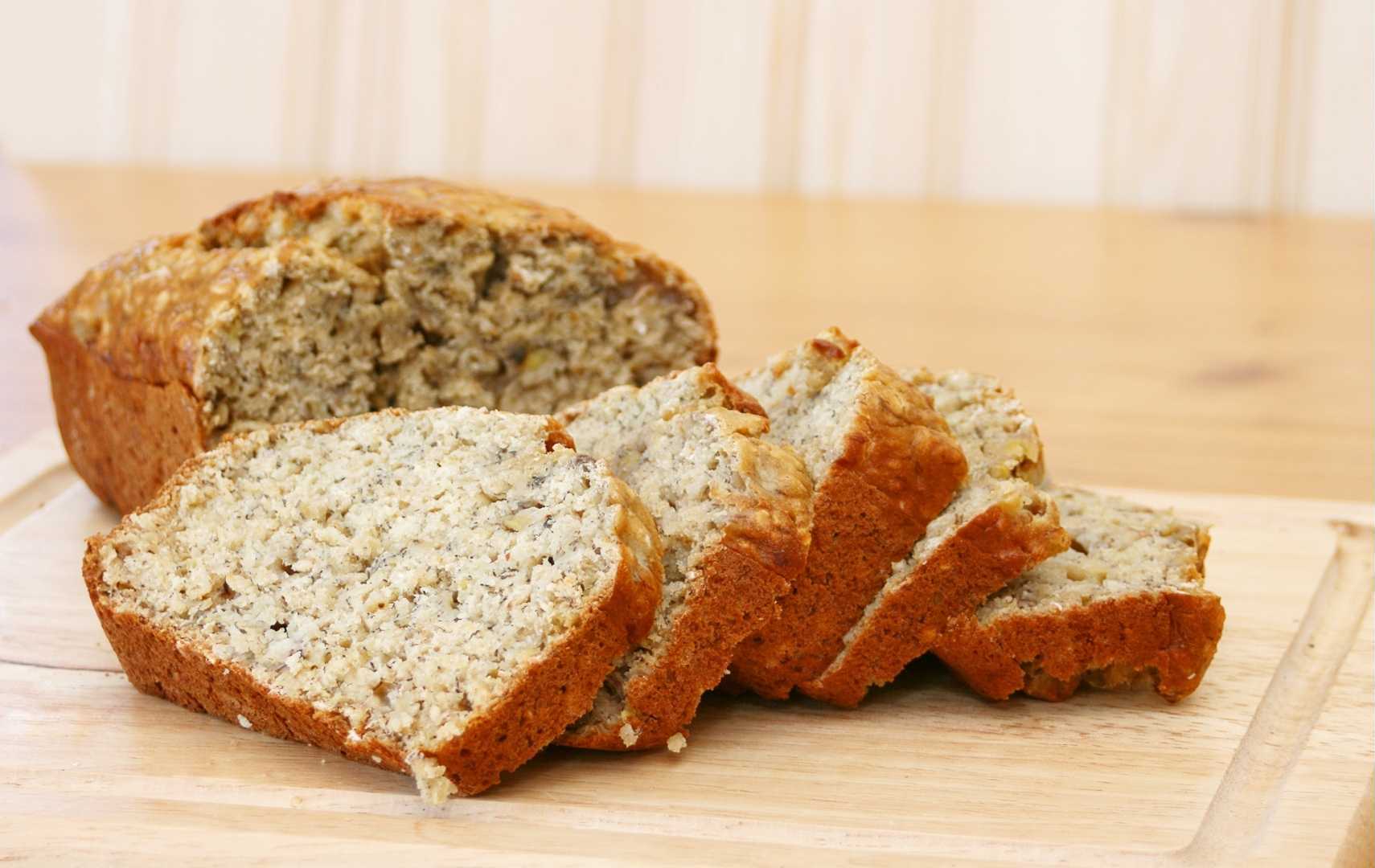
Didn’t I already mention that bread is a staple among the Irish people? Well, to round up my list is Irish Guinness bread.
Darkly colored, rich-tasting, and craggy looking; that is how I can describe Irish Guinness Bread.
This easy-to-make bread uses beer as its raising agent instead of yeast. The full-bodied stout adds a delicious flavor that pairs well with the whole grains.
It’s hearty and goes well with stews and soups, but it is equally scrumptious on its own with butter or honey.
What if you are not a fan of beer? No worries, a significant percentage of the alcohol evaporates during the baking process.
The Guinness lends the bread a savory and melted taste without necessarily tasting like beer.
The beer helps with the bread texture helping it become crumbly and crusty on the outside and tender inside.
***
Take The Hassle Out of Planning Your Next Trip to Ireland
Ireland is currently one of the most popular travel destinations.
Lonely Planet named Dublin the seventh-best city in the world to visit in 2022, an accolade won for being “one of Europe’s most down-to-earth and friendly cities”.
With such a rich cultural heritage and cuisines, it’s so easy to get overwhelmed by the sheer number of world-class restaurants across Dublin and other Irish cities. Where do you start?
Which one do you try first?
That’s why working with an award-winning travel specialist makes all the difference in the world.
My insider knowledge and experience with planning dozens of trips to Ireland will relieve the pressure.
You can sit back, relax, and enjoy the perfect Irish culinary experience during your trip! Click here to learn more about my travel services.

